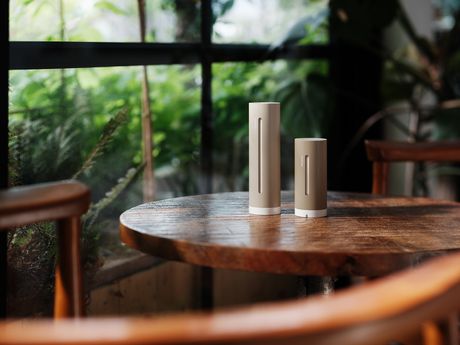
Netatmo dévoile la nouvelle Station Météo ORIGINAL

Jusqu'à -50% sur une sélection de produitsAcheter
Mais quel est ce petit boitier accroché au plafond ? Un détecteur de fumée, bien sûr ! L’installation de ce dispositif d’alarme incendie est obligatoire dans tout logement en France depuis 2015. Et le vôtre, de détecteur de fumée, êtes-vous bien sûr qu’il fonctionne ?

C’est la loi n° 2010-238 du 9 mars 2010 qui a rendu obligatoire l’installation de détecteurs de fumée dans les lieux d’habitation. La réglementation est claire : tous les logements devront être équipés d'au moins un détecteur autonome avertisseur de fumée (DAAF) à partir du 8 mars 2015 au plus tard. C’est un passage incontournable de la sécurité incendie !
Un point précisé par la loi ALUR en 2014. Lors de la mise en location du logement, le propriétaire-bailleur doit s’assurer au préalable de l’installation d’un ou plusieurs détecteurs de fumée en bon état de marche.
Chacun son rôle ! Le locataire du logement doit tester régulièrement le fonctionnement du détecteur de fumée et de son alarme. Et changer les piles si besoin est.
La durée de vie maximale d’un détecteur de fumée est de 10 ans. C’est pourquoi nous avons équipé notre Détecteur de Fumée Intelligent d’une batterie à la durée de vie de 10 ans : pas de piles à changer ! Encore mieux, notre Détecteur de Fumée Intelligent vérifie régulièrement son bon fonctionnement lui-même et vous envoie un rappel de temps en temps pour que vous testiez l’alarme sonore. Bonus ! Le test de l’alarme peut se lancer directement depuis votre smartphone.